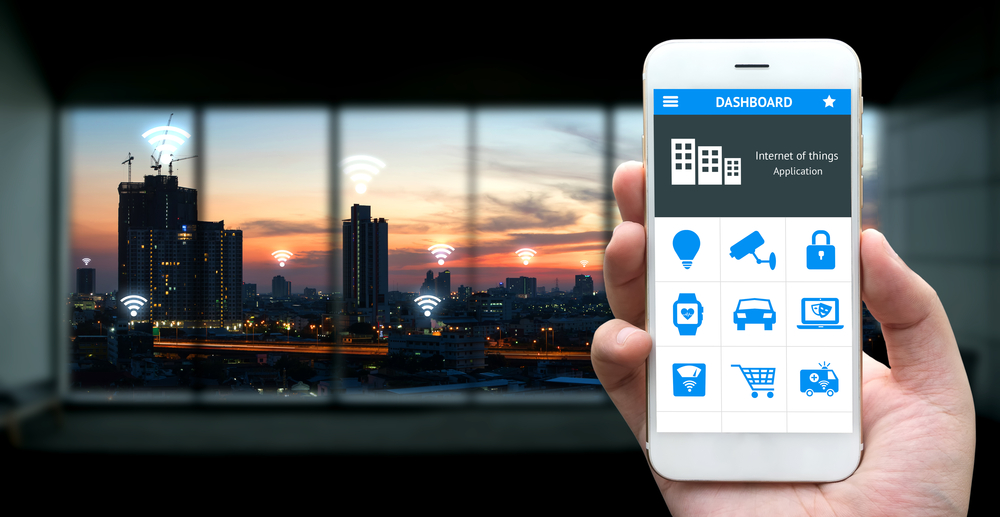We have recently discovered very simple but unique kms activator for free Microsoft Office activation proccess. Enjoy ability to activate probably all versions of Microsoft Office absolutely free of charge.
We are the proof that not all designs are created equal
There is no single unified IoT architecture that is agreed on.
There are essentially three major types of IoT architectural contexts: application specific, open platform and Network as a Service (NaaS).

IoT Architecture Basics
So what are we looking for in an “end-to-end” or complete IoT architecture anyway? Here are some important requirements.
⦁ Concurrent Data Collection – support for collection, analysis and control from a large number of sensors or actuators
⦁ Efficient Data Handling – minimize raw data and maximize actionable information
⦁ Connectivity and Communications – provide network connectivity and flexible, robust protocols support between sensors/actuators and the cloud
⦁ Scalable – scale individual elements in the system using the same architecture
⦁ Security – end to end encryption and monitoring
⦁ Availability and Quality of Service – minimal latencies and fault tolerant
⦁ Modular, Flexible and Platform-independent – each layer should allow for features, hardware or cloud infrastructure to be sourced from different suppliers
⦁ Open Standards and Interoperable – communication between the layers should be based on open standards to ensure interoperability
⦁ Device Management – enable automated/remote device management and updates
⦁ Defined APIs – each layer should have defined APIs that allow for easy integration with existing applications and integration with other IoT solutions
⦁ Perception layer – Sensors, actuators and edge devices that interact with the environment
⦁ Network Layer – Discovers, connects and translates devices over a network and in coordination with the application layer
⦁ Application Layer – Data processing and storage with specialized services and functionality for users
© Copyright 2024 | Online Dimensions